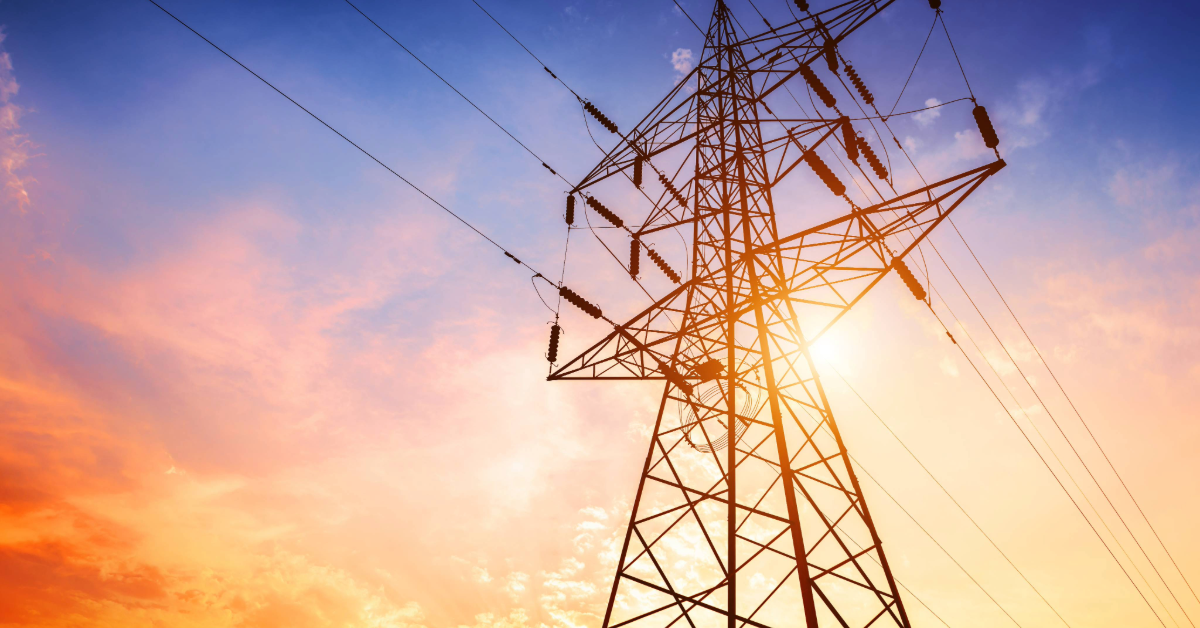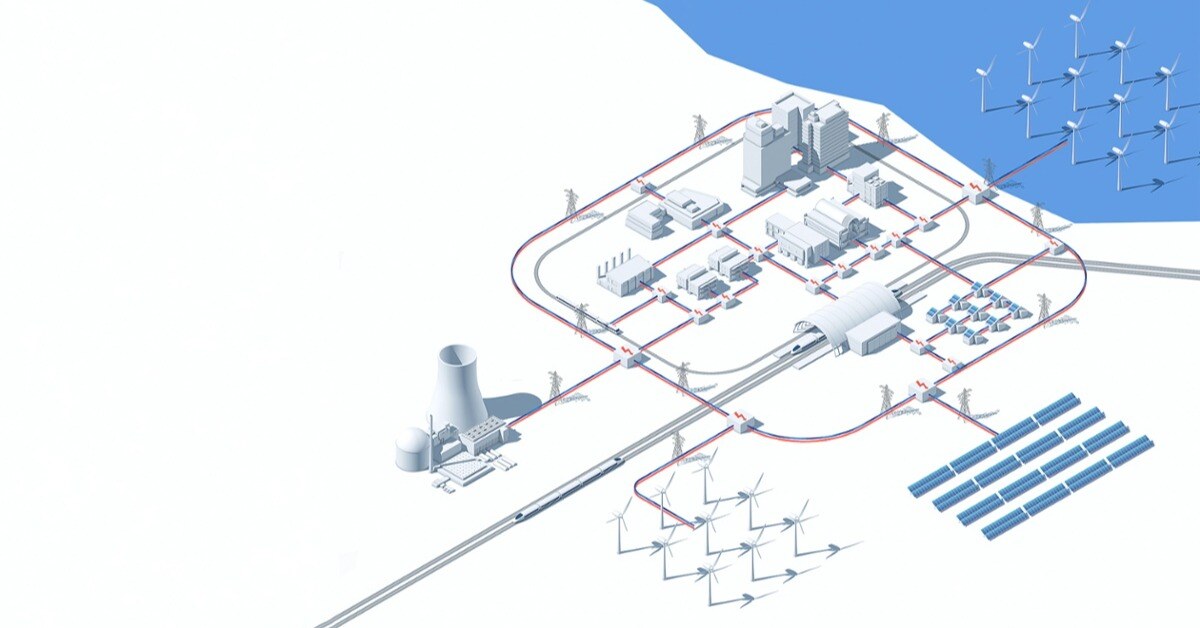PLEXOS Models Direct Air Capture to Reduce Carbon Emissions
PLEXOS informs United States Department of Energy’s research and development activities to achieve net zero carbon emissions by 2050 “The UN's latest...

Paul Deane and Fiac Gaffney share insights on high resolution modeling with PLEXOS on the EU Power System
In UCC, we recently finished some 5-minute high resolution modeling of the full European Power system with PLEXOS (one year) and wanted to share some of the lessons we learned. This research is led by my colleague Fiac Gaffney who is looking at different visions of a future low carbon and negative emissions EU power system.
Traditionally, hourly resolution modeling is used to understand power system impacts.
However, during my PhD in 2012, I looked at the high resolution unit commitment and dispatch modelling from 5-minute to 60-minute of the Irish system. The Irish system is small (8GW capacity) but at the time it was a big challenge to get the problem to solve in a reasonable time. With Fiac’s research we decided to revisit this from an EU Perspective and see if we could get it to run.
With high resolution modeling, everything has got faster: solvers and solving techniques have improved, the PLEXOS architecture has evolved since 2012 and of course, the cloud now exists!
Lots of folks have been looking at big problems in PLEXOS, for example, solving techniques for large UCED models simulation have been deployed in NREL where large annual simulations are split into monthly or weekly packets, solved with an overlap and results stitched back together again in a technique known as Time Domain Partitioning. This is now easier to do in PLEXOS. However, we wanted to see if we could run the full model without having to split it.
This is the easy bit: Simply go to the interval setting and change the default ST resolution from 60-minute to 5-minute. PLEXOS will do the rest. Note that hourly renewable profiles in your model such as wind and solar will be automatically downscaled based on a number of available techniques. Best check with the help files DataFile: Downscaling Method.
You could consider creating some ‘noise’ around these profiles to better capture high resolution modeling characteristics using the PLEXOS Variable Class and some statistical techniques. We have not explored this yet. Of course, if you have 5-minute data then use that.
Time matters: High resolution modeling is very important when it comes to understanding flexibility. The value of storage, power to gas (or X) and batteries are not adequately captured at hourly resolution. We saw up to a 100% increase in some battery usage in 5-minute results compared to traditional hourly results. We also witnessed more systems costs being captured. Total annual system costs increased by 3%…while this appears small and may not be important if you are only interested in portfolio costs, it still represents about 4.5€b in annual costs for a system like the EU. We also saw a better capture of emissions (higher emissions due to more cycling of plant) and lower renewable curtailment levels due to better operation of storages than we expected with hourly modeling.
At higher temporal resolution more constraints start to ‘bind’. Essentially this means they are captured in the model and impact the objective function. Constraints like ramp rates, run up profiles and shutdown profiles generally may not get captured fully in hourly modelling. A 400MW CCGT that can ramp at 30MW/min will not be picked up at hourly resolution but at 5 minutes it will. When a constraint is captured in linear programming it produces a shadow price which is a really useful metric for understanding (for example) how much you would pay for an extra unit of ramping. The correct temporal resolution should be used for the job at hand otherwise it is like trying to catch mosquitoes with a fishing net!
Our top tips
We are very grateful to Energy Exemplar and Glenn Drayton who helped with this huge task. Glenn ran the simulations as part of Energy Exemplar’s Simulation as a Service product on the cloud.
Energy Exemplar offers “Simulation as a Service,” using the latest cloud technologies combined with the power of the PLEXOS simulation engine. This offers a simple and cost-effective way to get up and running with PLEXOS, running the software on cloud systems. The cloud enabled simulation service can be accessed over the Internet by any Windows computer, using Microsoft’s WCF technology with TLS communication encryption. This service is built on-top of Amazon’s AWS platform providing fast and secure access to your simulation data. All customers are provided access to their own private cloud (VPC) and have dedicated instances to run their simulations. Any idle instances will be automatically shutdown to save money and resources, until there is a demand to use the instances.

PLEXOS informs United States Department of Energy’s research and development activities to achieve net zero carbon emissions by 2050 “The UN's latest...

The U.S. electric grid and transmission infrastructure are both aging and challenged in their ability to meet future loads. Yet demand continues to...

The energy landscape is rapidly evolving with the penetration of renewable resources, dynamically changing demand and the rapid electrification of...